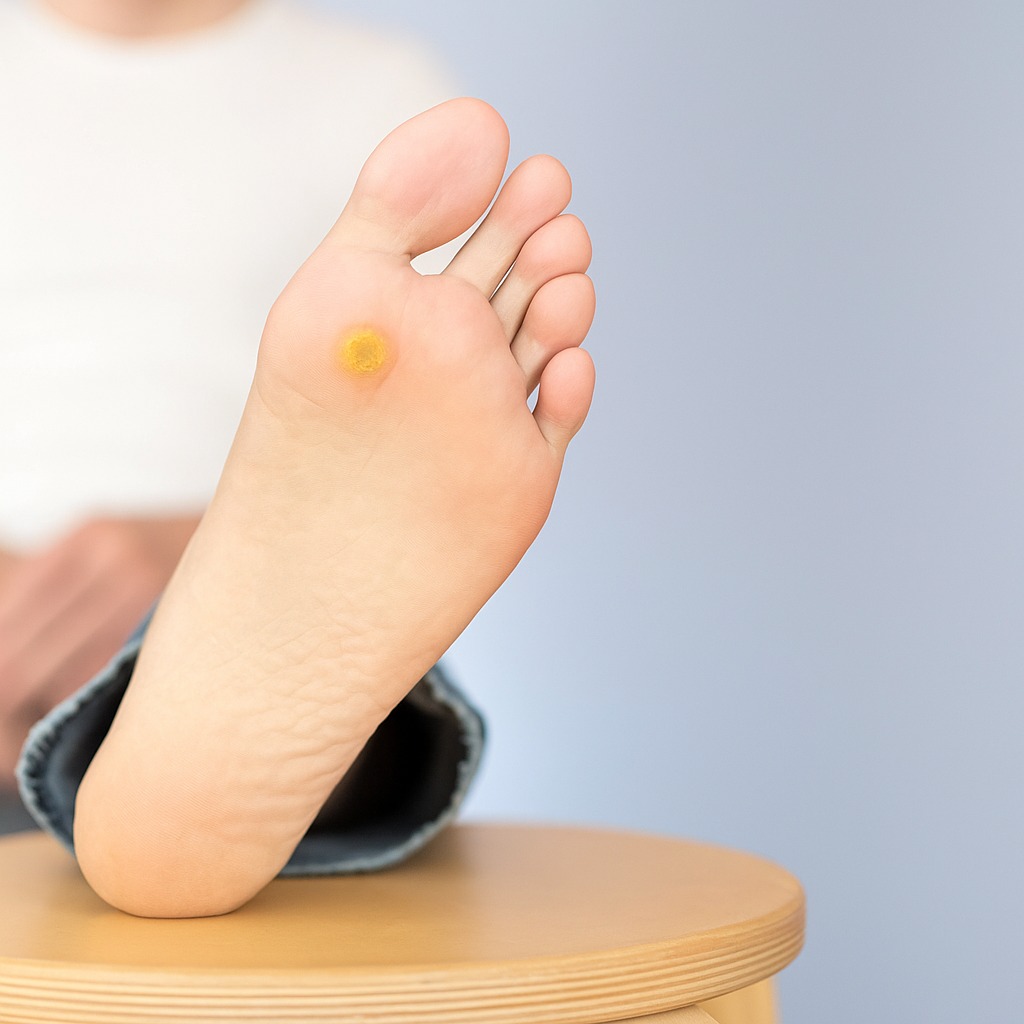Foot Ulceration Predictive Marke

Plantar Shear Stress in Individuals With a History of Diabetic Foot Ulceration: An Emerging Predictive Marker
Foot Ulceration Predictive Marker – Plantar Shear Stress
Plantar shear stress, a force that causes layers of tissue to slide upon each other in opposite directions, has been increasingly recognized as a causative factor in foot ulceration among individuals with diabetes. Research has shown that foot ulceration in diabetic patients is significantly linked to excessive shear stress, making it a crucial predictive marker for identifying at-risk individuals.
Side-to-Side Tissue Motion Creates More Breakdown Than Vertical Load
Delbridge et al. identified shear stress as a major causative factor, emphasizing that it is shear, rather than vertical load, that is primarily responsible for tissue breakdown deep within the skin. Historically, research in this area has been limited due to an underestimation of the importance of shear stress and a lack of technology to measure it accurately.
Emerging Evidence Links Shear Stress to Foot Ulceration
Over the past decade, emerging evidence has demonstrated the clinical significance of shear stress in the development of foot ulceration. Previous studies revealed that individuals with diabetic neuropathy experience higher plantar shear compared to control subjects. However, no prior study had directly compared peak shear levels in individuals with a history of foot ulceration to those with diabetic neuropathy but no ulcer history.
Research Findings: Higher Plantar Shear in Foot Ulceration Patients
In our study, we quantified peak plantar shear (PS) in 9 subjects with a history of foot ulceration and 16 diabetic neuropathy subjects without prior ulcers using the Cleveland Clinic shear plate. The results were as follows:
- Foot Ulceration Group: 135.3 ± 60.6 kPa
- Diabetic Neuropathy Group: 86.4 ± 30.3 kPa
- Statistical Significance: P = 0.0465
These findings indicate that plantar shear was significantly higher in individuals with a history of foot ulceration, making it a critical risk factor for future ulcer development.
Shear Stress: A Running Chainsaw Analogy
Shear stress acts tangentially in anteroposterior (front-to-back) and mediolateral (side-to-side) directions at the foot-ground interface, creating complex stress-strain patterns within the plantar tissue layers. These alternating forces are highly abrasive, particularly during walking. An appropriate analogy is a running chainsaw:
- A chainsaw applies abrasive shear forces that can effortlessly cut through the limb of a tree.
- When the shear force is removed (i.e., when the engine is off), it may be impossible to break the same branch using pressure alone.
Similarly, shear stress may not only cause skin and plantar tissue abrasion but also damage deeper tissue layers. This can contribute to the frequent formation of calluses under the diabetic foot—one of the well-known precursors to foot ulceration.
Future Device Design to Prevent Foot Ulceration
Growing evidence suggests that peak shear should be measured alongside pressure to improve predictions for foot ulceration risk. Future research should focus on large-scale longitudinal studies to investigate the clinical implications of shear stress further. With improved biomechanical markers, engineers and clinicians can collaborate to develop advanced devices and interventions aimed at preventing foot ulceration, ultimately improving patient outcomes.
By understanding the role of plantar shear stress in foot ulceration, healthcare professionals can better identify at-risk patients and implement effective preventive measures. This research paves the way for innovative solutions to reduce the burden of diabetic foot ulceration and its complications.
Customer Feedback
At Foot and Ankle Center of Arizona, we take great pride in the positive feedback we receive from our patients. Their satisfaction is our top priority. And we strive to exceed their expectations with every interaction. Here are a few testimonials from our valued patients: